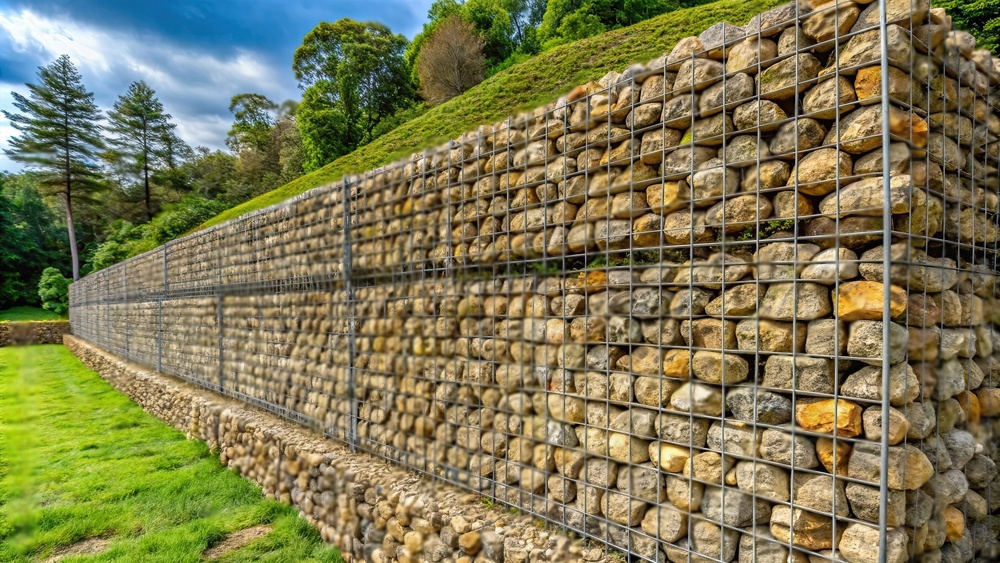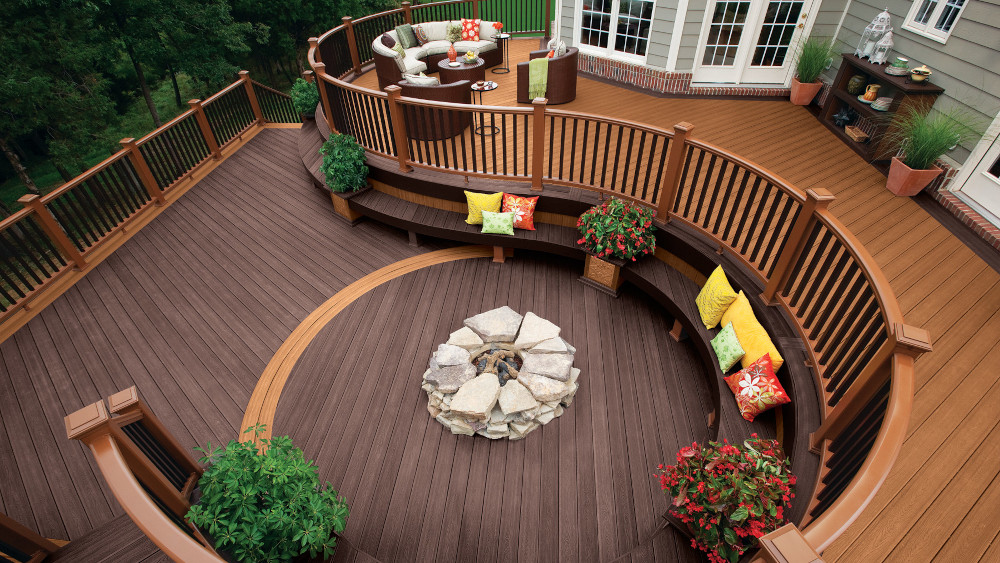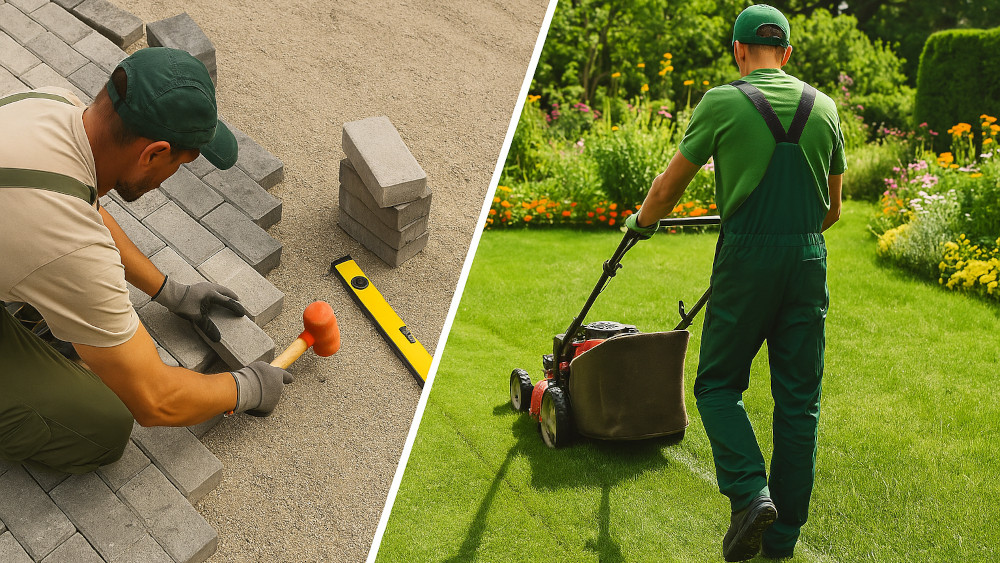Retaining walls are more than just structural elements; they are powerful tools in landscaping that serve both functional and aesthetic purposes. For New Zealand homeowners, retaining walls can provide stability on sloped land, protect against erosion, create usable outdoor spaces, and even add value to a property. Building a retaining wall can be a significant investment, so understanding the types, construction methods, regulations, and maintenance requirements is essential for making informed decisions.
This comprehensive guide will walk you through everything you need to know about building retaining walls in New Zealand, from choosing the right material to complying with local regulations.
1. Understanding the Purpose of Retaining Walls
Retaining walls are essential for properties with slopes or elevation changes. They serve to hold back soil and prevent erosion, especially in areas with heavy rain or loose soil. Retaining walls also help to create level areas for gardens, patios, and other functional outdoor spaces, transforming steep or uneven ground into usable parts of your property. In New Zealand, with its diverse terrain, retaining walls are often necessary for homes built on hillsides or in regions with unpredictable weather patterns.
Benefits of Retaining Walls:
- Erosion Control: Retaining walls help reduce soil movement and prevent erosion, especially on sloped properties.
- Improved Aesthetics: They add structure and dimension to landscapes, creating visual appeal.
- Increased Usable Space: Retaining walls can turn a sloped area into a flat, functional space.
- Enhanced Property Value: A well-built retaining wall adds both structural integrity and aesthetic value to a property.
2. Choosing the Right Type of Retaining Wall
There are various types of retaining walls to choose from, each with unique advantages. Selecting the right type depends on the slope, soil type, wall height, and aesthetic preferences.
- Timber Retaining Walls: A popular choice in New Zealand due to its natural look and affordability. Timber walls are generally easier to install but may require more maintenance over time.
- Block Retaining Walls: Concrete block walls offer durability and a modern look. They’re ideal for taller walls and can handle greater soil pressure.
- Keystone Retaining Walls: Keystone walls are modular and interlocking, providing both strength and flexibility. These are suitable for larger projects with varying heights.
- Gabion Retaining Walls: Gabions are wire mesh containers filled with rocks. They have a rugged appearance, are highly durable, and work well in coastal or high-wind areas.
- Rock Retaining Walls: Rock walls give a rustic appearance and blend well with natural landscapes. They require skilled labor to arrange and fit securely.
Each type of wall has different strengths, so consider the wall’s purpose, soil characteristics, and your aesthetic preference when choosing.
3. Considerations for Retaining Wall Design
Designing a retaining wall involves more than just selecting materials. Factors such as height, drainage, and stability play a critical role in determining the effectiveness and longevity of the wall.
- Height and Permits: In New Zealand, retaining walls over 1.5 meters usually require council consent due to safety concerns. Always check with your local council to understand any height restrictions and permit requirements.
- Drainage Solutions: Proper drainage is essential to avoid water buildup behind the wall, which can lead to pressure and eventual wall failure. Weep holes, gravel backfill, and drainage pipes can help channel water away.
- Soil Characteristics: New Zealand’s diverse soil types require different construction methods. Sandy soils may need reinforcement, while clay-heavy soils demand excellent drainage solutions.
- Aesthetic Integration: Consider how the wall will fit into your overall landscape. A retaining wall should complement your home and yard rather than clash with them.
4. Understanding Building Permits and Regulations
In New Zealand, building permits are required for certain types of retaining walls, especially those over 1.5 meters or those supporting nearby structures. Council regulations ensure that the wall meets safety standards and doesn’t impact neighboring properties or the environment.
To get a permit, you may need:
- A Detailed Design Plan: Showing dimensions, materials, and drainage solutions.
- Engineer’s Report: For walls above a certain height or in areas with unstable soil.
- Inspection Requirements: Some councils may require inspections during construction to ensure compliance with safety standards.
Tip: Consult with a local landscape architect or contractor familiar with New Zealand’s building codes for guidance on council regulations.
5. Retaining Wall Construction Process
Building a retaining wall requires precise planning and execution to ensure its durability and functionality. Here’s an overview of the construction process:
- Site Preparation: Clear the area and mark the wall’s layout. For sloped land, consider terracing to manage soil movement during construction.
- Excavation and Foundation: Excavate the site to create a level foundation. This foundation is critical for stability, particularly for taller walls.
- Drainage Installation: Install a gravel layer or drainage pipe at the base to prevent water buildup.
- Wall Construction: Begin laying the wall material layer by layer, ensuring each row is level and aligned. Secure each layer firmly, especially with modular or interlocking systems.
- Backfill: Use gravel or crushed rock behind the wall to promote drainage and reduce soil pressure.
- Finishing Touches: Once the wall is complete, add topsoil and plantings to help integrate the wall into your landscape.
Important Note: Hiring a professional can ensure that the wall is built to code and will stand the test of time, especially for larger or more complex projects.
6. Maintaining Your Retaining Wall
Regular maintenance extends the life of your retaining wall and helps prevent costly repairs. New Zealand’s climate can be unpredictable, so proper maintenance is crucial for long-term durability.
- Inspect for Cracks or Bulging: Check your wall for signs of cracks or bulging that indicate structural issues.
- Clear Drainage Systems: Ensure that drainage pipes and weep holes are free from debris to prevent water buildup.
- Weed Control: Prevent plants and weeds from growing between wall materials, as roots can weaken the structure over time.
- Repair Damages Promptly: Small issues, like displaced stones or cracks, should be addressed quickly to prevent them from worsening.
7. Costs of Building a Retaining Wall
The cost of building a retaining wall varies based on the type of material, wall height, site accessibility, and drainage requirements. While timber walls are often more affordable, concrete block and gabion walls may require a larger budget due to higher material and labor costs.
General Price Ranges in New Zealand:
- Timber Retaining Walls: $100–$250 per square meter
- Concrete Block Walls: $200–$500 per square meter
- Gabion Walls: $300–$600 per square meter
Tip: Request quotes from several contractors to get a realistic cost estimate and to compare material options.
8. Hiring a Professional vs. DIY Retaining Walls
For small, low-height walls, a DIY approach might be feasible, especially if you have experience in landscaping or construction. However, for larger, more complex walls or those requiring council approval, hiring a professional is highly recommended. A skilled contractor can ensure the wall is safe, attractive, and compliant with local regulations.
Benefits of Hiring a Professional:
- Expertise in design and material selection
- Knowledge of local soil conditions and drainage needs
- Ability to handle council requirements and permits
Conclusion
Building a retaining wall is a valuable investment for New Zealand homeowners, offering functional benefits and aesthetic appeal. With the right planning, materials, and expertise, you can create a wall that not only enhances your landscape but also protects your property from erosion and adds usable outdoor space.


